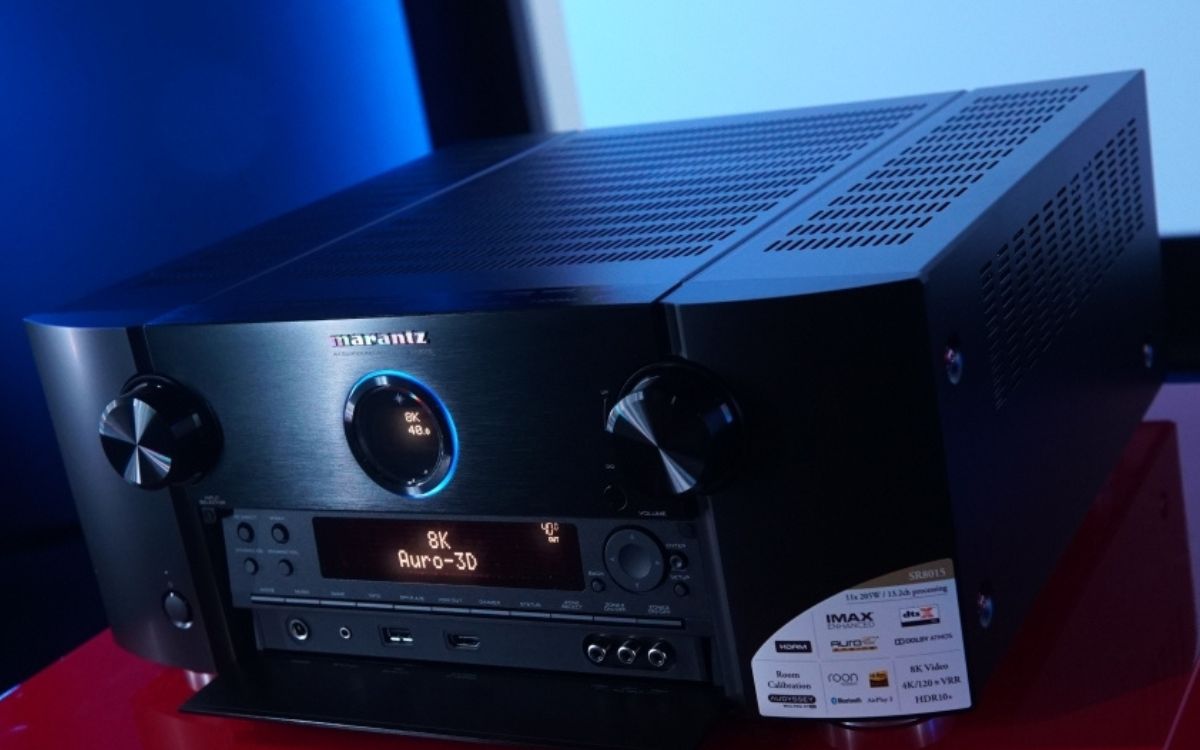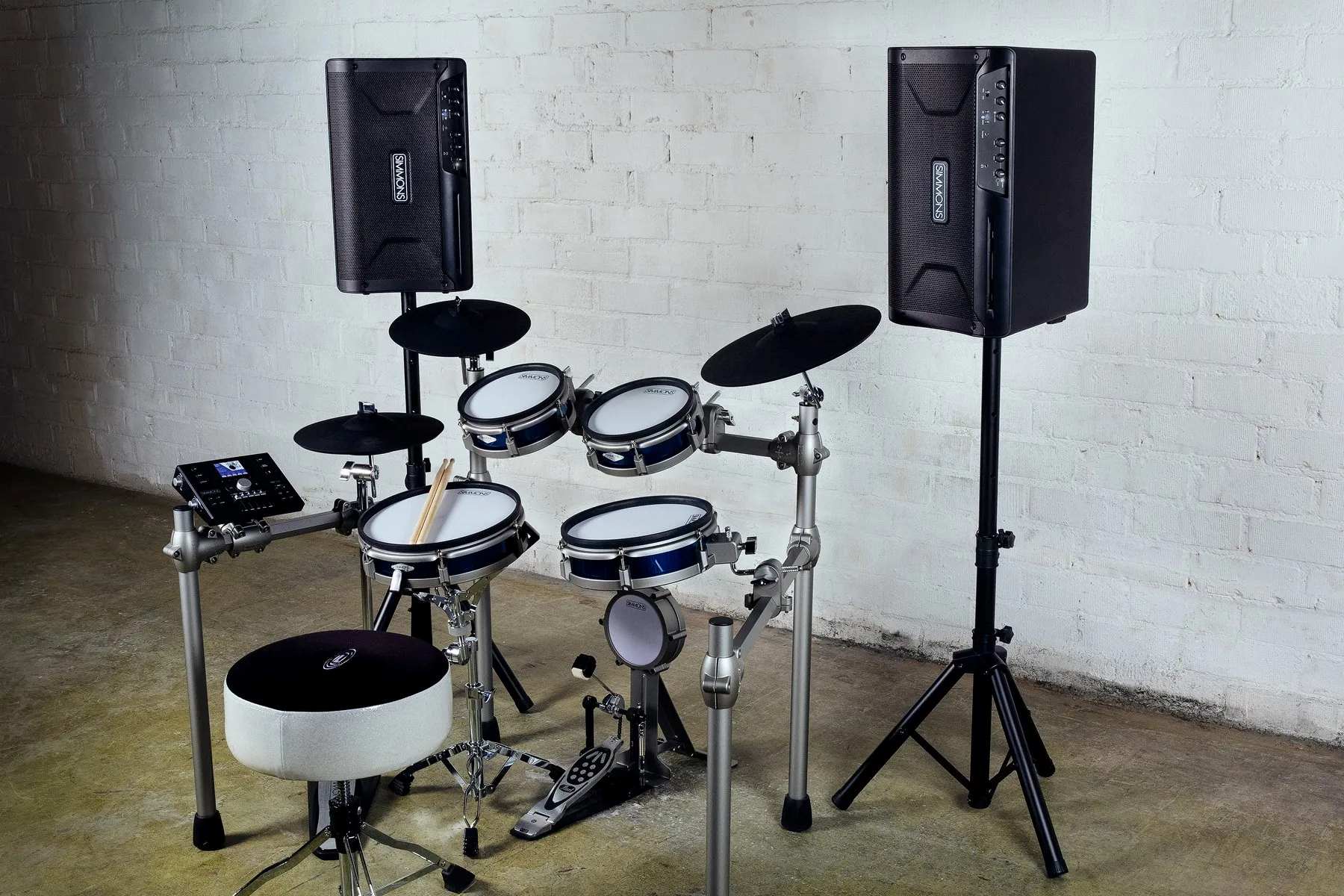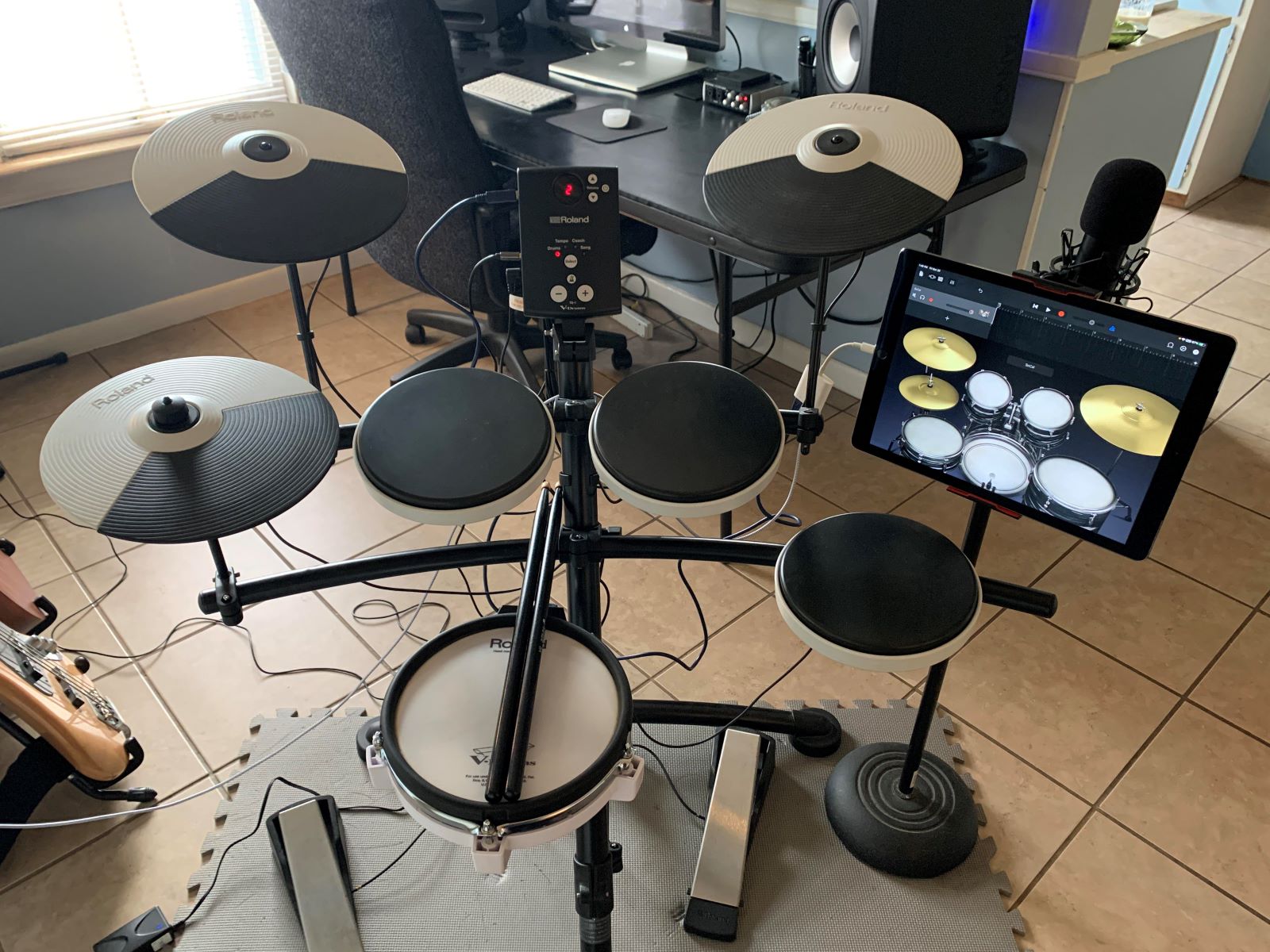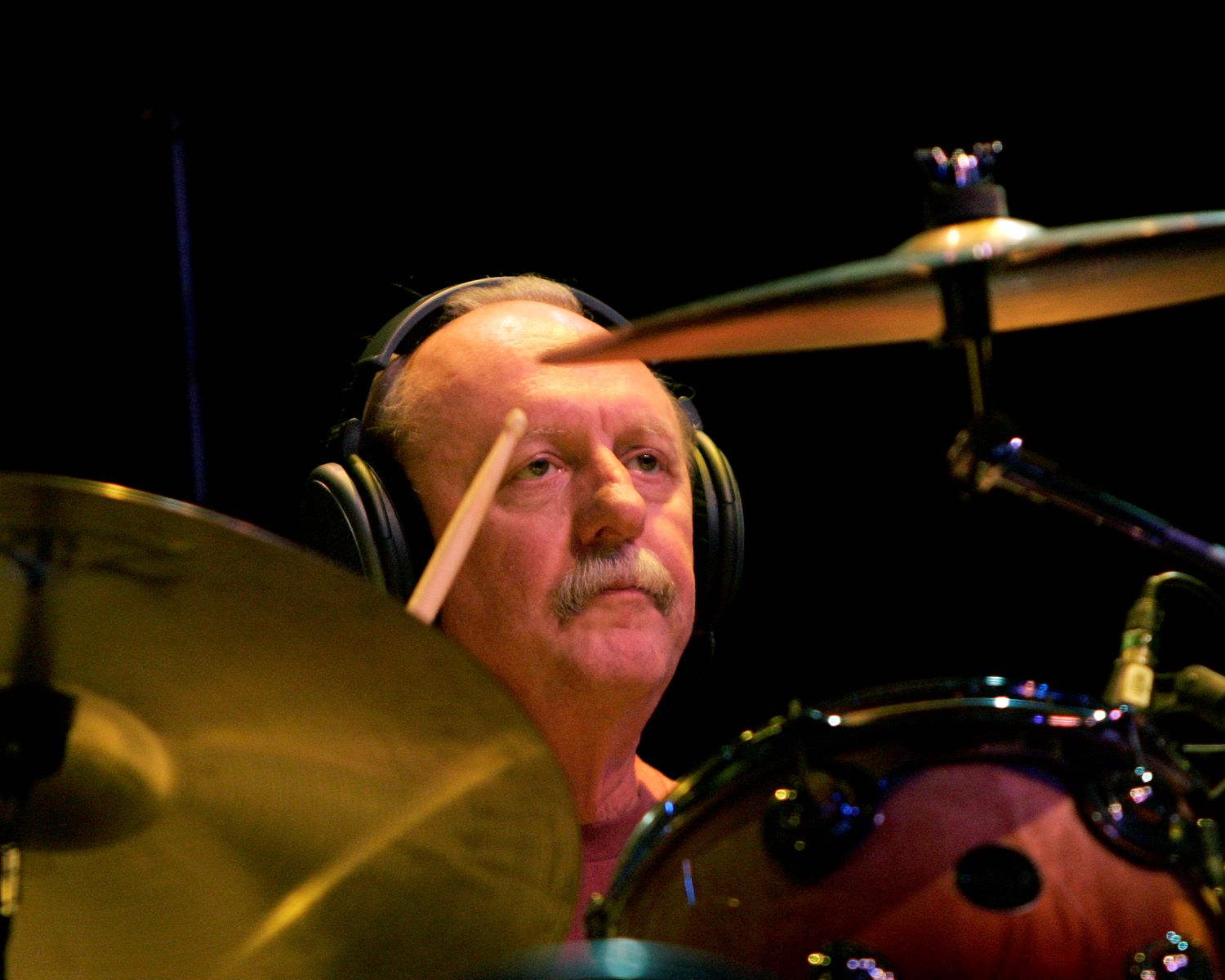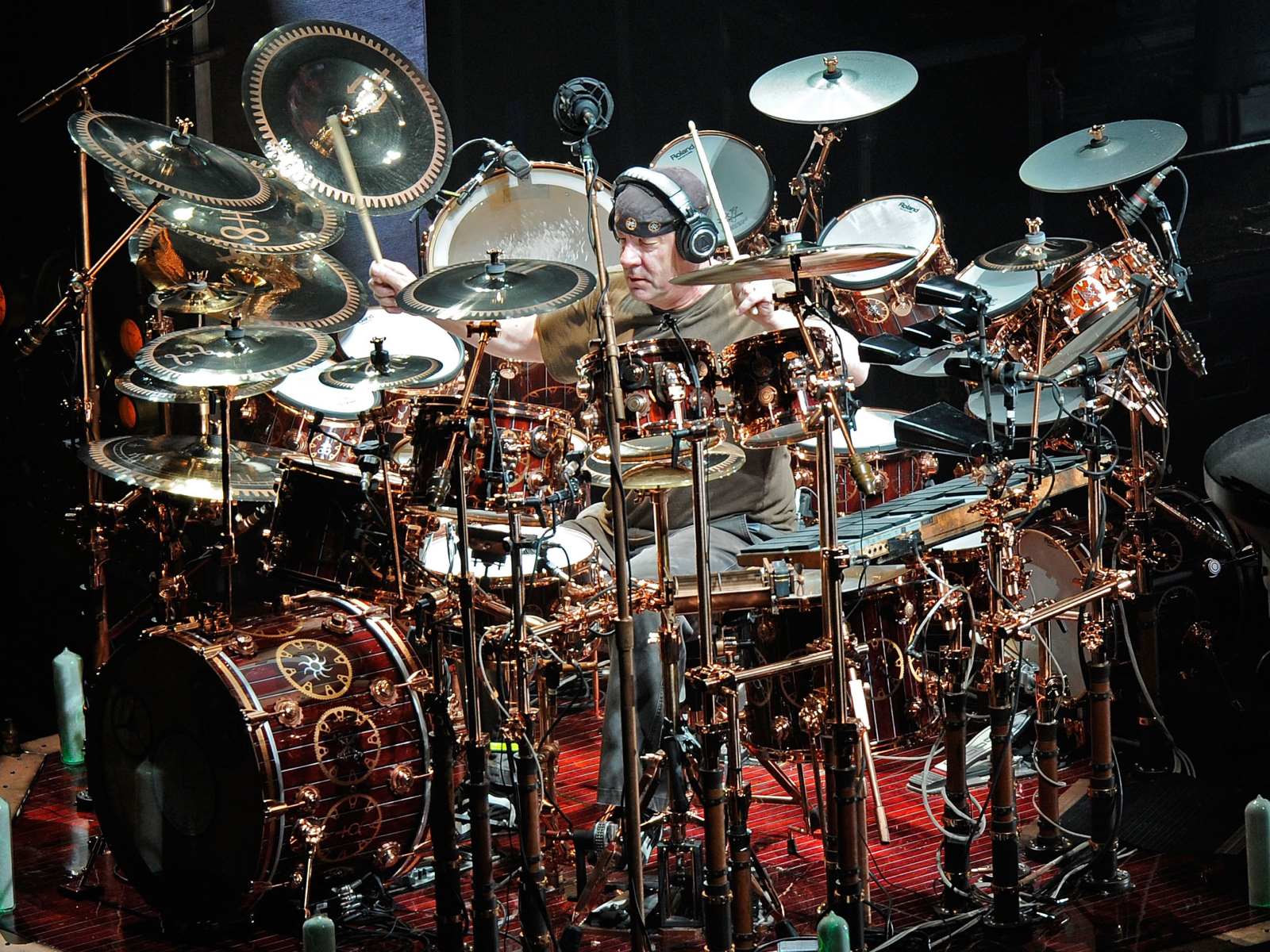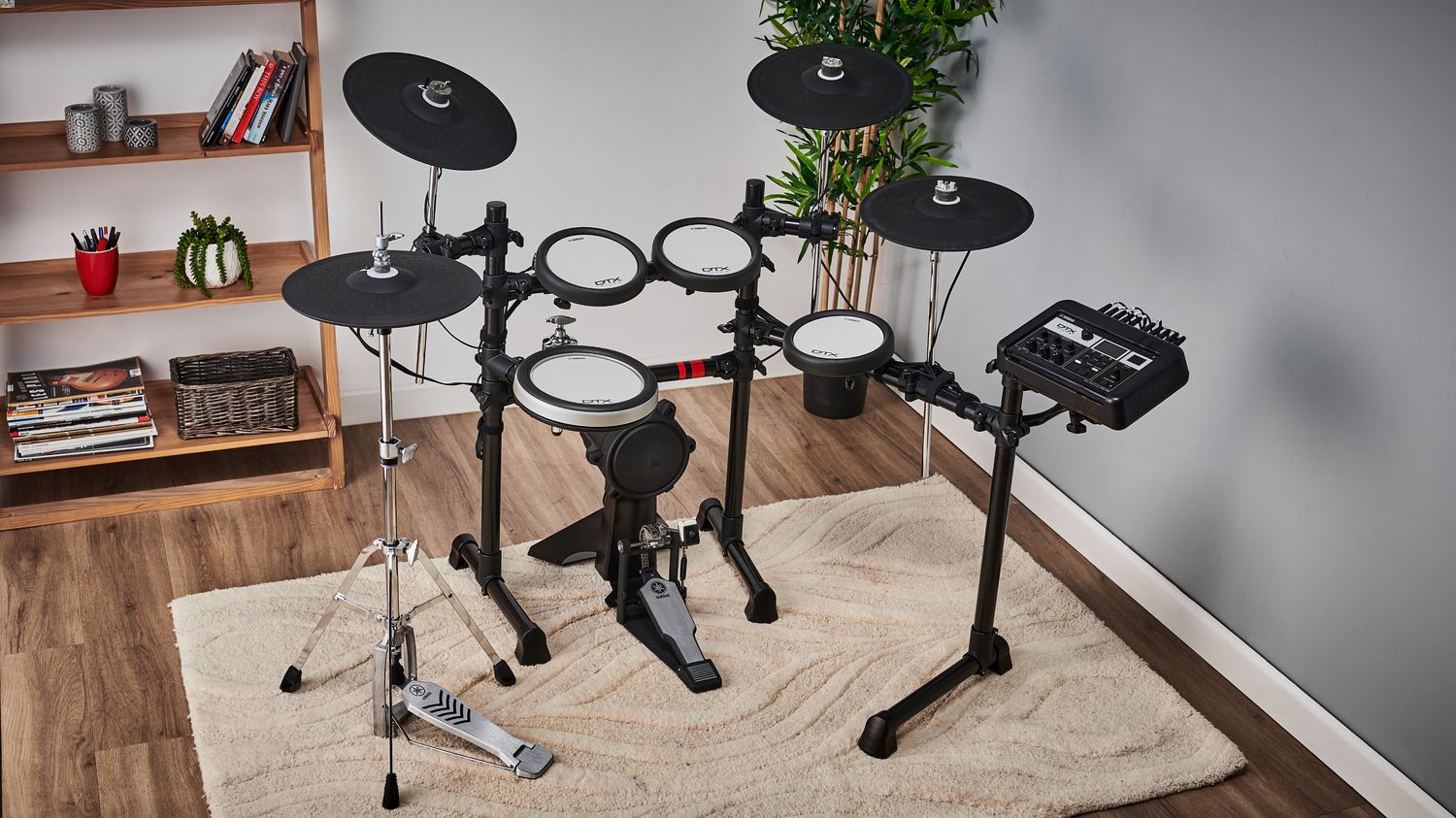Home>Instruments>Drums>What Kind Of Amp Is Needed For Electronic Drums
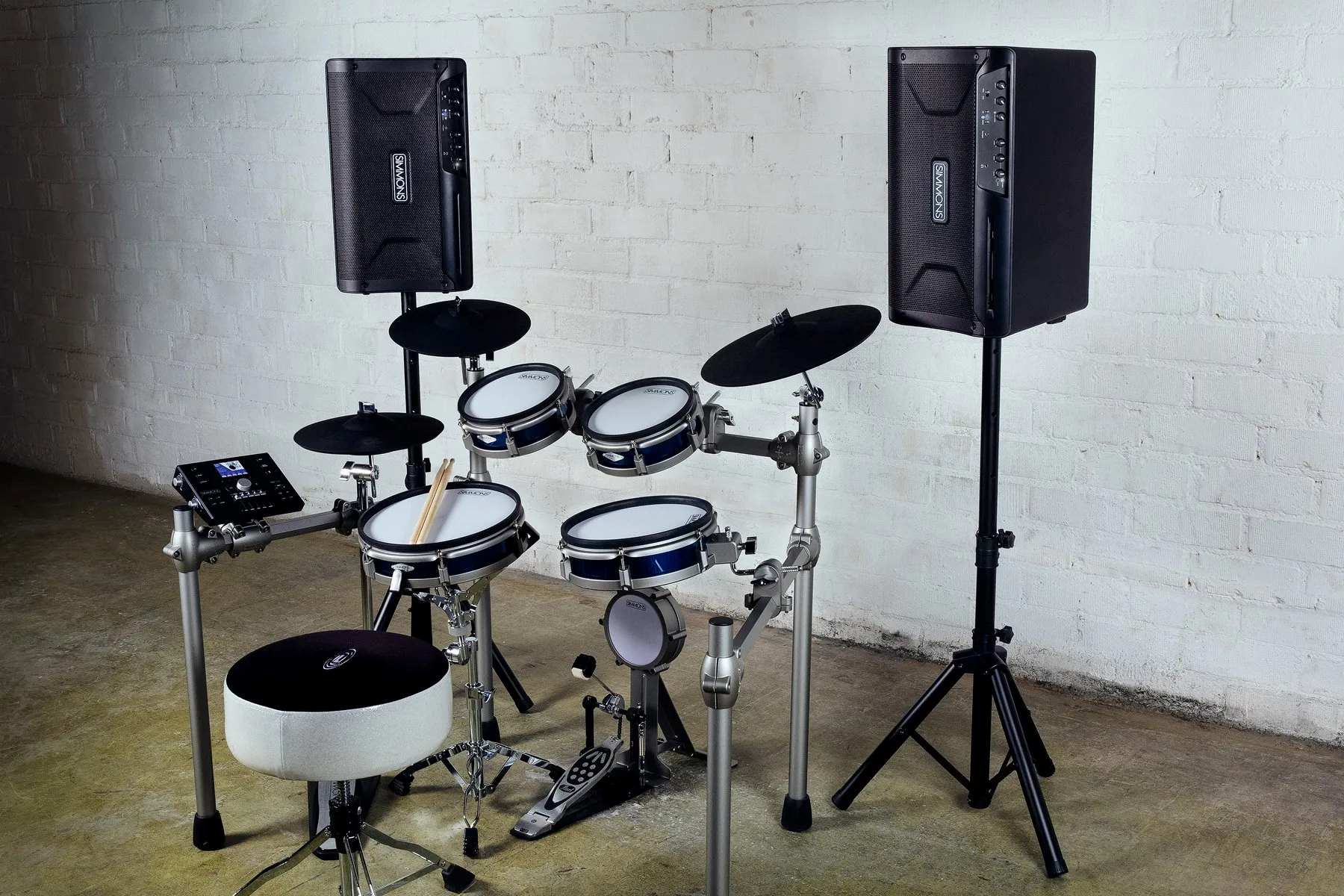

Drums
What Kind Of Amp Is Needed For Electronic Drums
Published: February 9, 2024
Find the perfect amp for your electronic drums setup with our comprehensive guide. Get the best sound for your drums today!
(Many of the links in this article redirect to a specific reviewed product. Your purchase of these products through affiliate links helps to generate commission for AudioLover.com, at no extra cost. Learn more)
Table of Contents
Introduction
Introduction
Electronic drums have become increasingly popular among musicians and music enthusiasts for their versatility and convenience. Unlike acoustic drums, electronic drum kits rely on electronic sound modules to produce a wide range of sounds, making them suitable for various musical genres and settings. However, to fully appreciate the dynamic range and nuances of electronic drums, it’s essential to pair them with a suitable amplifier. In this article, we’ll explore the different types of amplifiers that are ideal for electronic drums and provide valuable insights to help you make an informed decision when choosing an amp for your electronic drum kit.
Whether you’re a seasoned drummer looking to amplify your electronic kit for live performances or a beginner eager to explore the world of electronic percussion, understanding the role of amplifiers in enhancing the sound quality of electronic drums is crucial. From compact practice amps to powerful stage monitors, the right amplifier can significantly impact the overall sound and performance of electronic drum kits. By delving into the specifics of amplification for electronic drums, we aim to equip you with the knowledge needed to select the most suitable amp for your specific needs and preferences.
Understanding Electronic Drums
Electronic drums, also known as digital drums or e-drums, are percussion instruments that generate sound electronically. Unlike traditional acoustic drum sets, electronic drums utilize electronic sensors or pads to trigger digital sound samples or synthesized sounds. These drum kits are equipped with sound modules or drum modules, which serve as the brain of the setup, processing the input from the drum pads and producing the corresponding sounds.
One of the key advantages of electronic drums is their versatility in generating a wide array of sounds, ranging from classic drum kit sounds to electronic and experimental tones. This flexibility allows drummers and music producers to explore various genres and styles, making electronic drums a popular choice in recording studios, live performances, and home practice setups.
Electronic drum kits often feature built-in sound libraries, enabling users to access an extensive collection of drum and percussion sounds. Additionally, many electronic drum modules offer customization options, allowing players to modify parameters such as pitch, reverb, and effects to tailor the sound to their preferences.
Another notable benefit of electronic drums is their compact and portable nature. Unlike acoustic drum sets, electronic drum kits are generally more space-efficient and can be easily disassembled for transportation. This makes them an appealing option for drummers who require a portable practice solution or frequently perform at different venues.
Furthermore, electronic drums are designed to integrate seamlessly with audio interfaces, MIDI controllers, and computer software, offering endless possibilities for recording, production, and live performance. With the ability to connect to music production software and trigger virtual instruments, electronic drum kits empower musicians to expand their creative horizons and experiment with diverse sounds and textures.
Understanding the unique characteristics and capabilities of electronic drums is essential when considering amplification options. By grasping the intricacies of electronic drum technology and the sonic potential it offers, drummers can make informed decisions when selecting amplifiers that complement and enhance the distinctive qualities of their electronic drum kits.
Types of Amplifiers for Electronic Drums
When it comes to amplifying electronic drums, several types of amplifiers cater to different usage scenarios and performance environments. Understanding the characteristics and purposes of each amplifier type is crucial for achieving optimal sound reproduction and clarity. Here are the primary types of amplifiers commonly used with electronic drum kits:
1. Drum Amplifiers
Specifically designed for electronic drums, drum amplifiers are tailored to accurately reproduce the nuanced sounds and dynamics of digital percussion instruments. These amplifiers are optimized to deliver a flat frequency response, ensuring that the authentic characteristics of electronic drum sounds are faithfully conveyed. Drum amplifiers often feature multiple input channels, dedicated EQ controls, and built-in effects tailored for electronic drums, making them an ideal choice for amplifying the diverse range of sounds produced by electronic drum modules and pads.
2. Keyboard Amplifiers
Keyboard amplifiers are versatile amplification solutions that are well-suited for electronic drums due to their wide frequency response and ability to handle complex, layered sounds. These amplifiers are designed to accurately reproduce the full spectrum of keyboard and synthesizer tones, making them equally adept at amplifying the diverse sounds produced by electronic drum kits. Many keyboard amplifiers feature multiple input channels, onboard effects, and robust speaker systems, making them a popular choice for amplifying electronic percussion in both rehearsal and live performance settings.
3. Powered PA Speakers and Stage Monitors
Powered PA speakers and stage monitors are powerful amplification options that excel in delivering high-fidelity sound reinforcement for electronic drums in larger venues and performance spaces. These speakers are equipped with built-in amplifiers and sophisticated sound processing capabilities, ensuring that the nuances and impact of electronic drum sounds are effectively projected to the audience. With their robust construction and ample power handling, powered PA speakers and stage monitors provide the necessary clarity and projection for electronic drum performances in diverse musical contexts.
4. Studio Monitors
For electronic drummers engaged in recording and studio work, studio monitors offer an accurate and detailed sound reproduction solution. These amplifiers are designed to deliver a precise representation of audio signals, making them well-suited for critical listening and sound monitoring during recording sessions. Studio monitors are engineered to provide a flat frequency response and transparent sound reproduction, allowing drummers to assess and fine-tune the sonic characteristics of their electronic drum performances with precision.
By understanding the unique features and applications of these amplifier types, electronic drummers can make informed decisions when selecting amplification solutions that align with their performance requirements and sonic preferences.
Considerations When Choosing an Amp
When selecting an amplifier for your electronic drum kit, several key considerations come into play to ensure that the chosen amp effectively complements the sonic characteristics of your electronic drums and meets your specific performance needs. By carefully evaluating the following factors, you can make an informed decision and maximize the potential of your electronic drum amplification setup:
1. Frequency Response and Clarity
It’s essential to choose an amplifier with a broad frequency response that accurately reproduces the diverse range of sounds produced by electronic drum modules and pads. A flat and transparent frequency response ensures that the nuances, dynamics, and tonal characteristics of electronic drum sounds are faithfully conveyed, allowing for a rich and detailed sonic experience.
2. Power Handling and Projection
Consider the power handling and projection capabilities of the amplifier, especially if you intend to perform in larger venues or outdoor settings. A powerful amplifier with ample wattage and robust speaker systems can effectively project the impact and nuances of electronic drum sounds, ensuring that your performances are heard with clarity and presence.
3. Input Options and Connectivity
Look for amplifiers that provide multiple input options and versatile connectivity features, allowing seamless integration with your electronic drum modules and other audio devices. This flexibility enables you to expand your sonic palette and adapt to various performance scenarios, whether you need to connect additional instruments, audio sources, or external sound processing equipment.
4. Portability and Durability
If portability is a priority, consider the size, weight, and overall portability of the amplifier. For drummers who frequently transport their electronic drum kits for rehearsals or performances, a compact and lightweight amplifier can significantly enhance convenience and mobility. Additionally, prioritize amplifiers with durable construction and reliable components to withstand the demands of regular use and transportation.
5. Built-in Effects and Sound Shaping Tools
Amplifiers equipped with built-in effects, EQ controls, and sound shaping tools offer added versatility and customization options for tailoring the sonic characteristics of your electronic drum sounds. These features enable you to fine-tune the tonal balance, add spatial effects, and sculpt the overall sound to suit different musical styles and performance environments.
6. Application-Specific Considerations
Consider the specific contexts in which you will be using the amplifier. Whether it’s for home practice, studio recording, small venue performances, or large-scale stage productions, aligning the amplifier’s features and capabilities with your intended applications ensures that it effectively meets your amplification needs in diverse musical settings.
By carefully evaluating these considerations and matching them to your unique requirements and preferences, you can confidently select an amplifier that optimally complements your electronic drum kit, enhancing your sonic expression and performance experience.
Conclusion
As electronic drums continue to gain prominence in the music industry, the role of amplifiers in enhancing the sonic potential of electronic drum kits becomes increasingly significant. By understanding the diverse amplification options available and considering the specific requirements of electronic drummers, it becomes evident that selecting the right amplifier is a crucial aspect of optimizing the sound quality and performance experience.
From purpose-built drum amplifiers tailored to faithfully reproduce electronic drum sounds to versatile keyboard amplifiers and powerful PA speakers that excel in projecting electronic percussion in larger venues, the array of amplification solutions offers a spectrum of sonic possibilities for electronic drummers.
When choosing an amplifier for electronic drums, considerations such as frequency response, power handling, connectivity options, portability, and application-specific requirements play a pivotal role in determining the most suitable amplification solution. Whether it’s for practice sessions at home, studio recording, intimate live performances, or high-energy stage shows, the chosen amplifier should align with the sonic nuances of electronic drum sounds and cater to the unique performance needs of the drummer.
By carefully weighing these considerations and exploring the diverse types of amplifiers available, electronic drummers can make informed decisions that elevate their sonic expression and musical versatility. The right amplifier not only amplifies the sound but also enhances the nuances, dynamics, and character of electronic drum performances, contributing to an immersive and impactful musical experience.
Ultimately, the synergy between electronic drums and amplifiers opens up a world of sonic exploration and creative potential, empowering drummers to delve into diverse musical genres, experiment with sound textures, and deliver captivating performances across various platforms. As electronic drum technology continues to evolve, amplifiers play a vital role in shaping the sonic landscape, ensuring that the expressive capabilities of electronic drum kits are fully realized and appreciated.
With a deep understanding of electronic drum amplification and a discerning approach to selecting the right amplifier, electronic drummers can embark on a sonic journey that resonates with creativity, innovation, and musical excellence.

